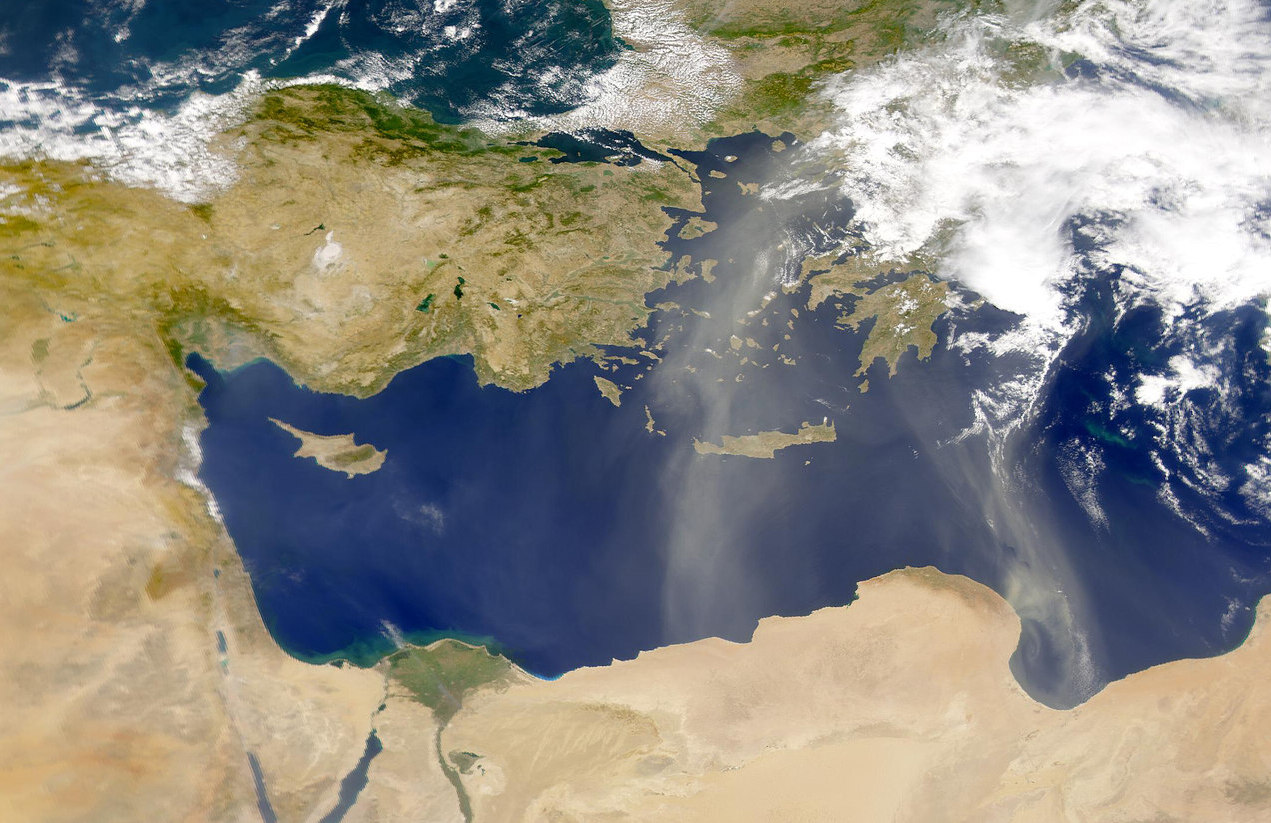
Asia Minor, also known as Anatolia, is a region rich in history and culture. Did you know that this area, located in modern-day Turkey, has been home to many ancient civilizations? From the Hittites to the Byzantines, each left a unique mark. Asia Minor was a crucial crossroads for trade and cultural exchange between Europe and Asia. Its diverse geography includes mountains, plains, and coastlines, making it a land of varied landscapes. Famous for its ancient cities like Troy and Ephesus, Asia Minor offers a glimpse into the past. Want to learn more? Here are 28 fascinating facts about this incredible region.
Key Takeaways:
- Asia Minor, also known as Anatolia, is a region rich in ancient history, from the Hittites and Troy to the influence of Greek and Roman cultures. Its natural wonders and cultural heritage continue to captivate visitors today.
- Modern-day Turkey, encompassing Asia Minor, preserves its historical legacy through its language, cuisine, and the preservation of ancient ruins like Ephesus and Pergamon. The region's natural landscapes, from Pamukkale to Mount Ararat, add to its allure.
Ancient Civilizations of Asia Minor
Asia Minor, also known as Anatolia, has been a cradle of ancient civilizations. This region has witnessed the rise and fall of many powerful empires.
- The Hittites established one of the earliest known civilizations in Asia Minor around 1600 BCE.
- Troy, the legendary city from Homer's "Iliad," was located in northwest Asia Minor.
- The Phrygians, known for their King Midas, ruled central Anatolia around 1200 BCE.
- Lydia, a kingdom in western Asia Minor, is credited with inventing coinage around 600 BCE.
- The ancient city of Ephesus, home to the Temple of Artemis, one of the Seven Wonders of the Ancient World, was located in Asia Minor.
Geographical Significance
Asia Minor's strategic location has made it a crossroads of cultures and trade routes throughout history.
- The region bridges Europe and Asia, making it a key trade route.
- The Taurus Mountains run parallel to the Mediterranean coast, forming a natural barrier.
- The Aegean coast of Asia Minor is dotted with numerous ancient Greek settlements.
- The Bosporus Strait, a narrow passage connecting the Black Sea to the Sea of Marmara, lies in the northwest of Asia Minor.
- The fertile plains of Anatolia have supported agriculture for thousands of years.
Influence of Greek and Roman Cultures
Greek and Roman influences have left a lasting impact on the architecture, language, and culture of Asia Minor.
- Alexander the Great conquered Asia Minor in the 4th century BCE, spreading Greek culture.
- The city of Pergamon, a major cultural and political center, was known for its impressive library.
- Asia Minor became a Roman province in 133 BCE, further blending Greek and Roman cultures.
- The city of Antioch, founded by Seleucus I Nicator, became a major center of early Christianity.
- The Roman theater in Aspendos is one of the best-preserved ancient theaters in the world.
Religious and Cultural Heritage
Asia Minor has been a melting pot of various religions and cultures, contributing to its rich heritage.
- Early Christianity spread rapidly in Asia Minor, with many of the New Testament's letters addressed to communities there.
- The region was home to several important early Christian councils, including the Council of Nicaea in 325 CE.
- The Hagia Sophia in Istanbul, originally a Christian basilica, later became a mosque and now serves as a museum.
- The ancient city of Hierapolis, known for its hot springs, was a major center of pagan worship before becoming a Christian site.
- The Whirling Dervishes, a Sufi Muslim order, originated in Konya, central Anatolia.
Modern-Day Turkey and Its Legacy
Today, Asia Minor is part of modern-day Turkey, a country that continues to preserve and celebrate its historical legacy.
- Istanbul, formerly known as Byzantium and Constantinople, is Turkey's largest city and a major cultural hub.
- The ruins of ancient cities like Ephesus, Troy, and Pergamon attract millions of tourists each year.
- The Turkish language, spoken by over 75 million people, has roots in the languages of ancient Anatolia.
- The cuisine of Turkey, with its diverse flavors and ingredients, reflects the region's rich cultural history.
- The Republic of Turkey, founded in 1923, has worked to modernize while preserving its ancient heritage.
Natural Wonders of Asia Minor
Asia Minor is not only rich in history but also boasts stunning natural landscapes and unique geological features.
Final Glimpse at Asia Minor
Asia Minor, a land rich in history and culture, has shaped civilizations for centuries. From the ancient city of Troy to the bustling streets of Istanbul, this region has witnessed the rise and fall of empires. Its diverse landscapes and architectural marvels tell stories of innovation and resilience. The melting pot of cultures, languages, and traditions makes Asia Minor a unique tapestry of human achievement. Whether it's the legendary tales of Greek mythology or the scientific advancements of the Byzantine era, Asia Minor offers a treasure trove of knowledge. Exploring its past not only enriches our understanding of history but also inspires future generations. So, next time you think of ancient wonders or cultural heritage, remember the profound impact of Asia Minor. It’s a testament to the enduring spirit of humanity.
Frequently Asked Questions
Was this page helpful?
Our commitment to delivering trustworthy and engaging content is at the heart of what we do. Each fact on our site is contributed by real users like you, bringing a wealth of diverse insights and information. To ensure the highest standards of accuracy and reliability, our dedicated editors meticulously review each submission. This process guarantees that the facts we share are not only fascinating but also credible. Trust in our commitment to quality and authenticity as you explore and learn with us.
